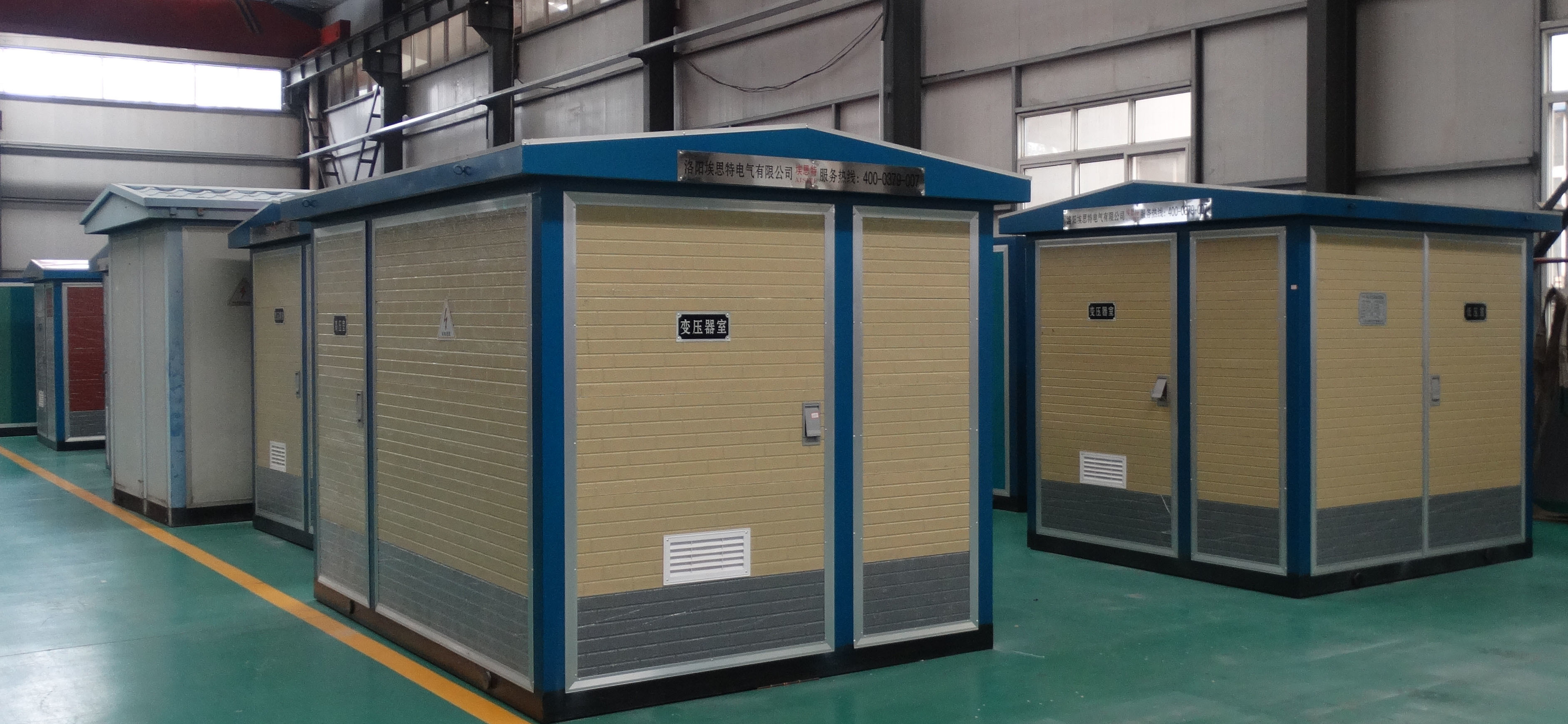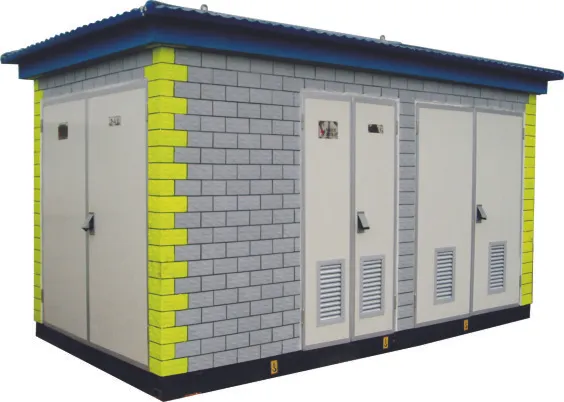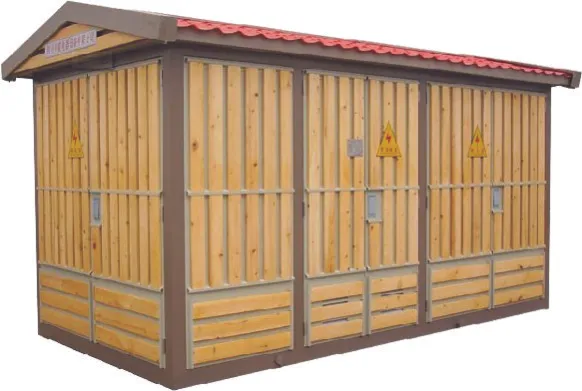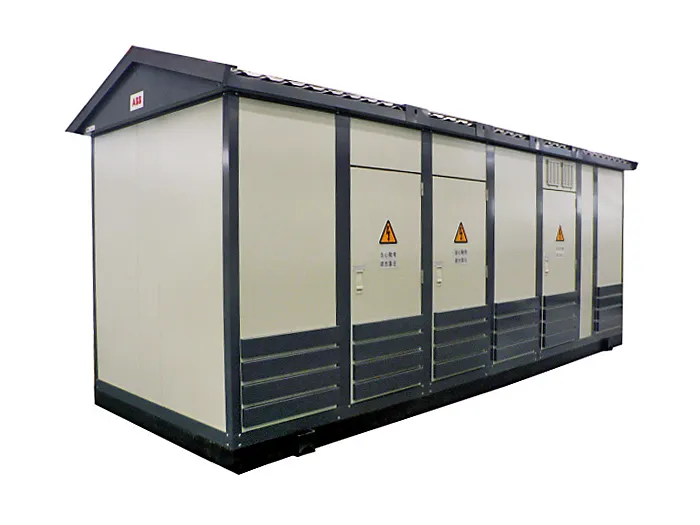Welcome to the official website of Luoyang AISITE Transformer Co., LTD
What are the differences between Pad Mounted Transformers and traditional Substations?
Release time:
Jul 28,2025
Source:
With the continuous growth of electricity demand and the acceleration of urbanization, the construction methods and forms of power equipment are also constantly innovating and developing. In the power system, the substation is a vital component. As two common forms of substation facilities, traditional substations and pad-mounted transformers have many differences in design, construction, operation and maintenance. This article will compare and analyze pad-mounted transformers and traditional substations from multiple angles to explore their main differences. So as to help customers choose suitable transformer equipment.
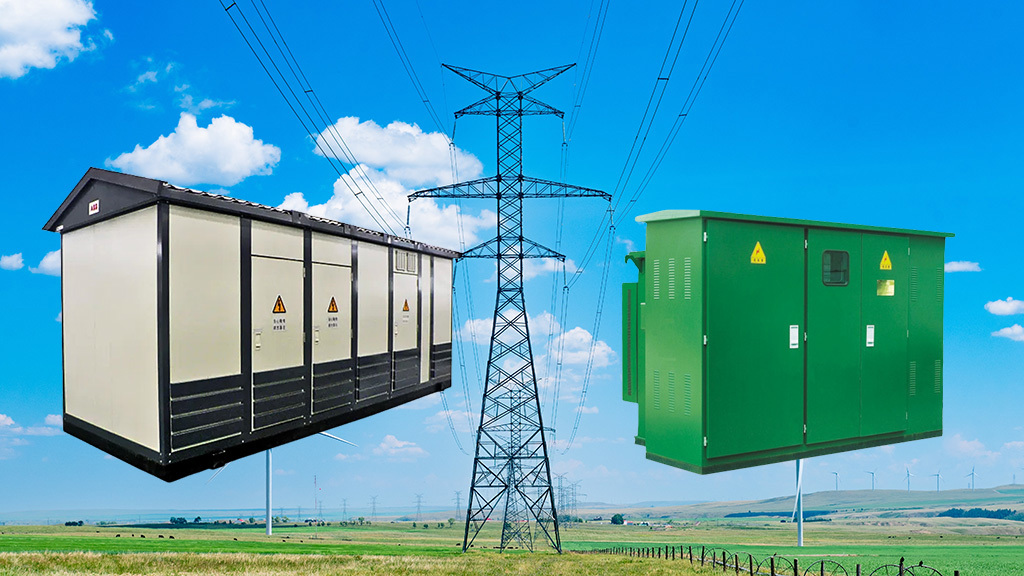
1. Differences in structural form
Traditional substations are usually larger buildings composed of multiple equipment units, usually requiring a larger floor space. It includes transformers, circuit breakers, disconnectors, busbar systems, etc., and most of these devices are installed in the station area in an open or semi-open manner. Due to the large scale of traditional substations, the facilities in the station are relatively scattered, the construction period is relatively long, and the construction cost is high.
In contrast, the pad-mounted type is a modular, prefabricated substation, which usually adopts a metal shell structure to integrate substation equipment (such as transformers, switchgear, control equipment, etc.) in one or more boxes. The pad-mounted transformer has a compact appearance, simple structure, and can be modularly expanded according to demand. Due to the standardized design, it can be prefabricated in the factory, and the on-site installation is very fast, which greatly shortens the construction period.
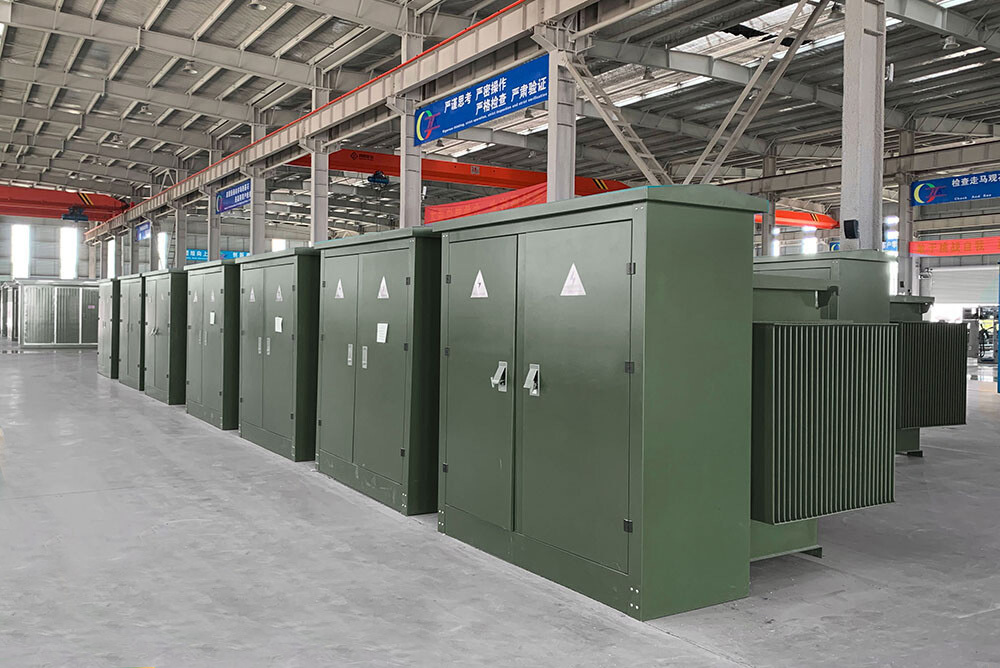
2. Floor space and environmental adaptability
Traditional substations generally require a large area of land, which is one of the reasons for their high construction and operating costs. Traditional substations are usually set up on the edge of the city or in industrial areas to provide sufficient space for the installation of various equipment.
The pad-mounted transformer is highly flexible. Because its equipment is integrated in a standardized box and occupies a small area, it can be built in a relatively small space in the city or residential area. This makes the pad-mounted transformer particularly suitable for use in densely populated urban areas, places with large power loads or high requirements. In addition, the appearance design of the transformer is also more modern and can be better integrated with the surrounding environment.
3. Safety and reliability
Due to its large scale and complex facilities, the maintenance and safety management of traditional substations are relatively complex. The linkage and scheduling between different equipment are also cumbersome and there are certain operational difficulties. In some special cases, the equipment of traditional substations may have potential fault hazards, such as poor grounding and equipment aging.
The pad mounted transformer adopts a standardized module design, and all equipment is integrated in a closed box with good protection performance. The outer shell of the box is usually made of steel plate or other anti-corrosion materials, which can effectively resist interference and damage from the external environment. The grounding and line configuration of the equipment have been strictly designed and tested, and the overall safety is high. In addition, the equipment inside the pad mounted transformer is usually equipped with an intelligent monitoring system, which can monitor the operating status of the equipment in real time and promptly discover and solve potential safety problems.
4. Construction period and cost
The construction period is another significant difference between traditional substations and pad mounted transformers. The construction period of traditional substations is usually long, involving multiple links such as land acquisition, infrastructure construction, equipment procurement, installation and commissioning. Due to the wide variety of equipment and complex systems, there may be many technical difficulties during the construction process, resulting in delays in the construction period.
In contrast, the pad mounted transformer adopts a modular design with a high degree of prefabrication, which can greatly shorten the construction period. Most of the equipment can be pre-manufactured and tested in the factory. On-site construction only involves the transportation, installation and access to the power grid of the box. The construction period is usually only a few months or even shorter. Due to the shortened construction period, the total cost of the project is also effectively controlled.
5. Maintenance and operation
Traditional substations require professional personnel to manage operation and maintenance. Due to the diversity of equipment and the complex operating environment, maintenance work often requires specialized technicians to conduct regular inspections to check the operating status of the equipment and prevent equipment failure. In addition, traditional substations may require regular maintenance such as cleaning, lubrication, and replacement of parts.
The operation and maintenance of pad mounted transformers are relatively simple. The equipment in the box is highly integrated and compactly arranged, which reduces the possibility of mutual interference between equipment and makes maintenance more efficient. Since this type is usually equipped with remote monitoring and intelligent alarm systems, operators can grasp the operating status of the equipment in real time and perform maintenance and troubleshooting in a timely manner. For some daily minor faults, they can even be repaired through remote operation, reducing the frequency and cost of manual inspections.
6. Environmental protection and noise control
The equipment of traditional substations is mostly open structure, which may cause greater noise pollution, especially when working under high load, the operation of transformers and switchgear will generate strong noise. In order to reduce noise pollution, traditional substations usually need to take sound insulation measures, but these measures will increase equipment costs and construction difficulties.
The pad mounted transformer adopts a closed box design, which effectively isolates the leakage of noise. The box usually uses sound insulation materials, which can effectively reduce noise pollution. In addition, since the pad mounted transformer is usually arranged in densely populated places such as cities or residential areas, its environmental protection is more prominent and can reduce the impact on the surrounding environment.
There are many differences between the pad mounted transformer and the traditional substation in terms of structure, land occupation, construction cycle, safety, operation and maintenance. With its compact structure, low construction cost and flexible adaptability, the pad mounted transformer has gradually become one of the important choices in modern urban power construction. Although the traditional substation is large in scale, it still has irreplaceable advantages in some special power demand occasions, such as high-voltage and high-power substations. According to specific construction needs, the reasonable selection of different types of substations can better meet the needs of modern power systems.
AISITE specializes in designing and manufacturing high-efficiency, reliable pad-mounted transformers and compact substation solutions for global markets. Regarding pad mounted transformer and traditional substation, if there is any question or requirement for customized solution, welcome to contact AISITE team. AISITE team will provide you with professional technical support and a free, tailored consultation based on the specific project situation.

📧 Email: [sale@aisite-ast.com]
📞 Phone/Whatsapp: [+86 15896663407]

keyword:
Previous page:
Previous page:
RELATED NEWS



